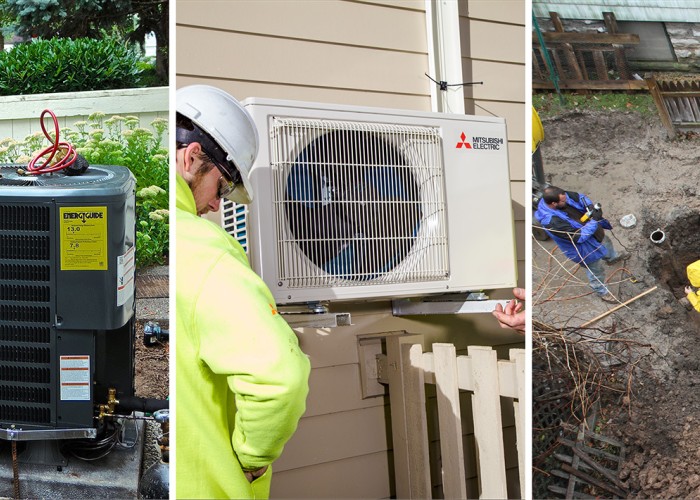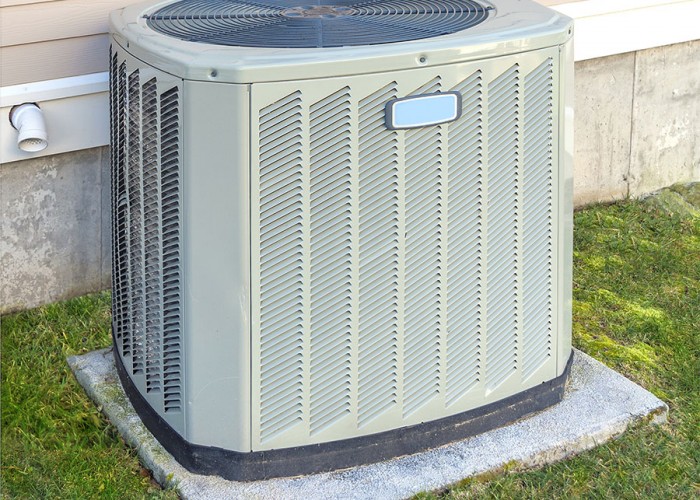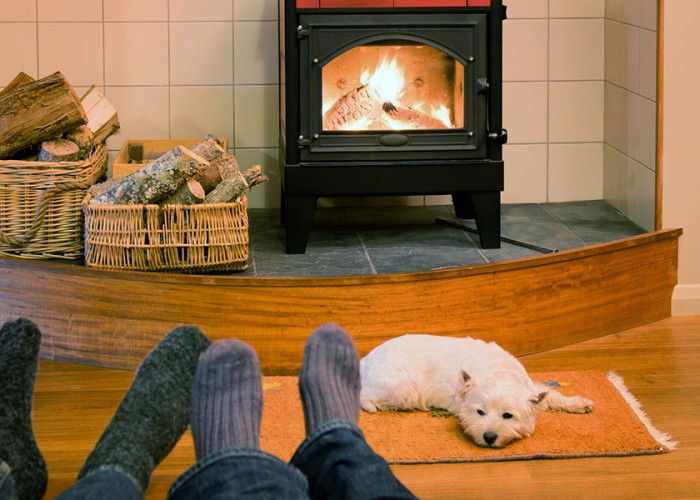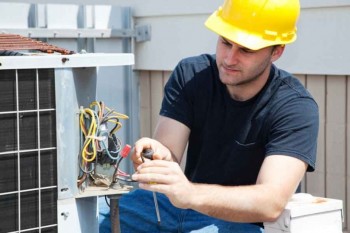Sleuthing for Home Energy Savings
Utility bills provide clues to savings potential
By Pat Keegan and Brad Thiessen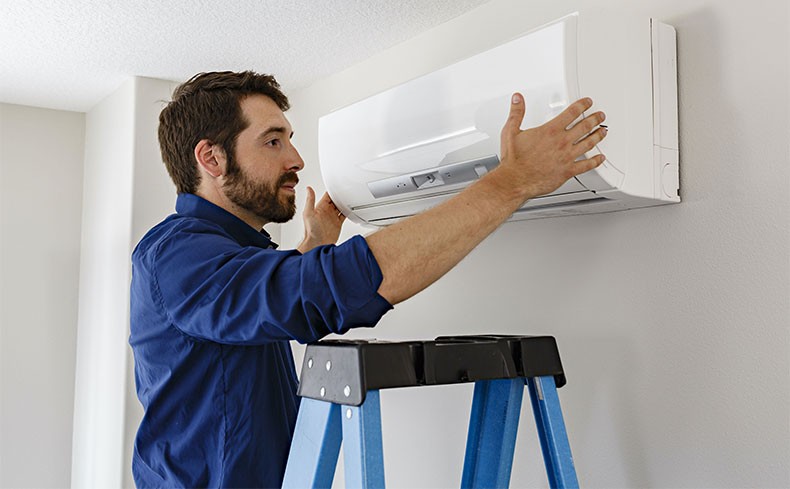
A single ductless heat pump can serve up to four rooms through blowers installed in each room. Photo by Northwest Energy Efficiency Alliance.
In any home, there are typically many opportunities to save energy. A host of products and services claim to provide maximum energy efficiency, but it can be challenging to know where to start. Fortunately, monthly bills can help identify areas for the most energy savings.
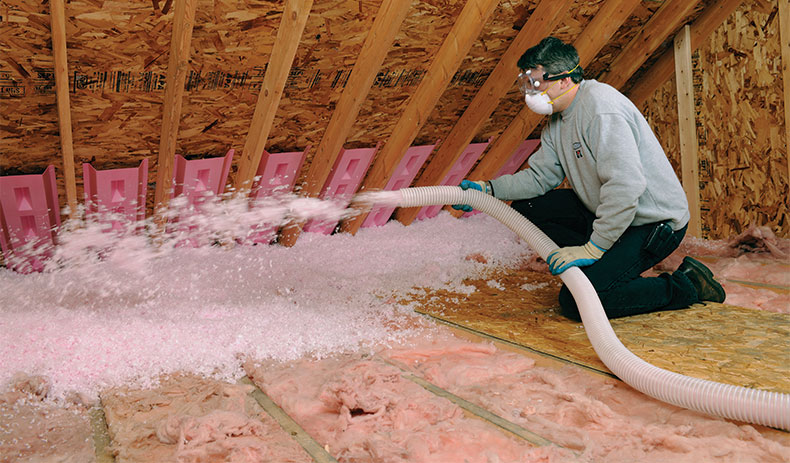
Loose-fill insulation is the most common and preferred method of insulating your attic floor. The baffles near the attic perimeter that allow air to ventilate from the eaves into the attic space. Photo by Owens-Corning.
The months that require the most energy use are in the winter and summer, when temperatures are most extreme. Just total up your average energy use for the months when you use the most energy, then subtract the average amount you use during “shoulder months,” when you’re barely using your heating or cooling system (typically during fall and spring). The most likely reason for the difference in energy use is heating and cooling your home. If someone says switching to a new heating or cooling system could save you 20%, they likely mean you can save 20% on heating or cooling costs, which are a portion of your overall energy costs.
Every home is different. For example, there’s a small percentage of homes that include uncommon energy uses like a well pump, swimming pool or a home business that require more energy than heating or cooling. But typically, heating and cooling your home are by far the largest energy uses.
Heating and cooling
Sealing air leaks is often the least expensive energy-saving measure that delivers the most bang for your buck. The second most cost-effective way to cut heating and cooling costs depends on your situation.
If you have an older propane or oil furnace, replacing it with an energy-efficient heat pump might be your best investment. If you already have a relatively efficient furnace or air conditioning unit, insulating your attic could be the next most cost-effective measure, followed by insulating exterior walls or the crawl space or basement.
Consider enlisting the help of an energy auditor who can provide an overall assessment of your home’s efficiency.
Replacing windows is a high-priority project for many homeowners, and new windows can certainly add value to your home. However, this can be a costly project, making it difficult to justify solely based on potential energy savings. If your windows are old and leaky, it could be worth the investment. Do your research upfront so you fully understand the costs of the project.
Water heating
After you’ve found ways to reduce your heating and cooling costs, where else should you look for energy savings? Your next largest energy use is likely water heating. A few low-cost measures like repairing leaky faucets and insulating the first 6 to 10 feet of hot water line could deliver significant savings. Installing energy-efficient shower heads can save water and reduce energy use. Check out Consumer Reports for reliable comparisons and reviews of energy-efficient showerheads.
If your water heater is more than 10 years old, it’s likely time to consider how and when to replace it. You can purchase a traditional water heater that uses the same fuel you’re using now. But there are several other options, including heat pump water heaters, tankless water heaters, and even solar water heaters. Be sure to do some research before your water heater breaks so you know about your options.
Other opportunities
Appliances and lighting account for a smaller portion of your energy use. As you replace older appliances and lighting, look for options that include the Energy Star® sticker. You should also review energy use information found on the EnergyGuide label. We hope this information will help you start to identify areas to save energy at home. Consider enlisting the help of an energy auditor who can provide an overall assessment of your home’s efficiency.
-
Be winter ready
-
Share this story:

